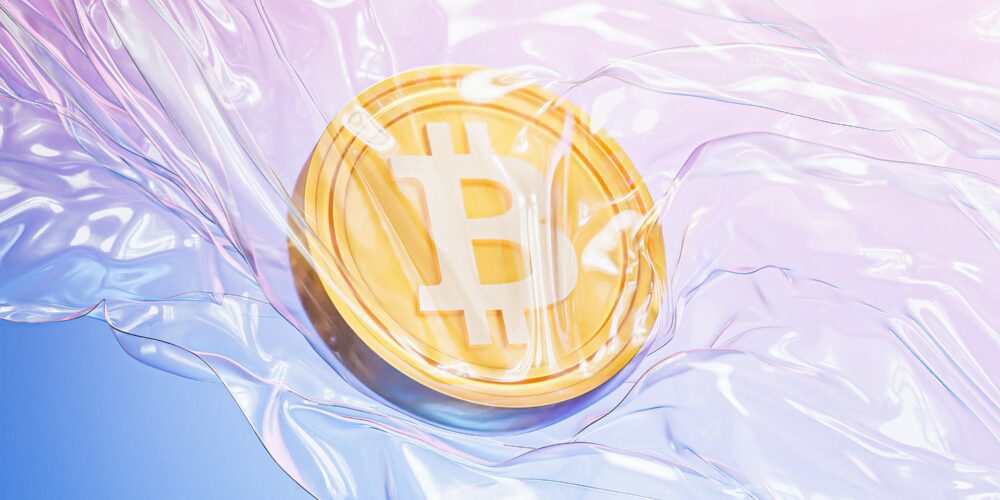Bitcoin computational power drop after halving – what are the consequences for the market?

Galaxy Digital Analysts Predict a Decline in Bitcoin Network Computing Power Associated with the Upcoming Halving
According to analysts from Galaxy Digital, with the upcoming Bitcoin halving scheduled for April, between 15% to even 20% of the computing power of the network may be shut down. Currently, the Bitcoin network’s hash rate is around 515 exahashes per second (EH/s). The reduction of the block reward from 6.25 BTC to 3.125 BTC might lead to the shutdown of specialized Application-Specific Integrated Circuit (ASIC) devices used for mining.
Increased Spending by Mining Companies
The predicted 15-20% drop in computing power may prompt some operators to adjust their machines for more efficient operations or relocate them to areas with cheaper energy access. Riot Platforms has declared the purchase of 66,560 MicroBT machines for $290.5 million, with an option for an additional 265,000 units. Bitfarms, on the other hand, plans to upgrade their fleet by adding 36,000 Bitmain T21 machines to increase their computing power.
Experts’ Forecasts on the Decline in Computing Power After the Halving
Forecasts suggest a potential 12% decrease in computing power in May, possibly as a result of Bitcoin’s price rising to around $57,500 after the halving. Specialist Chase White from Compass Point Research & Trading notes that mining companies with low debt levels, economical energy costs, and efficient mining fleets will be in a better position to face a potential decline in computing power.
Possible Difficulties for Private Computing Power Operators
Analysts point out that challenges may arise for private computing power operators before the halving, especially those with higher energy costs. The burden of increased spending by mining companies could be significant, considering that in the first 11 months of the previous year, $1.2 billion was spent on mining machine purchases.






